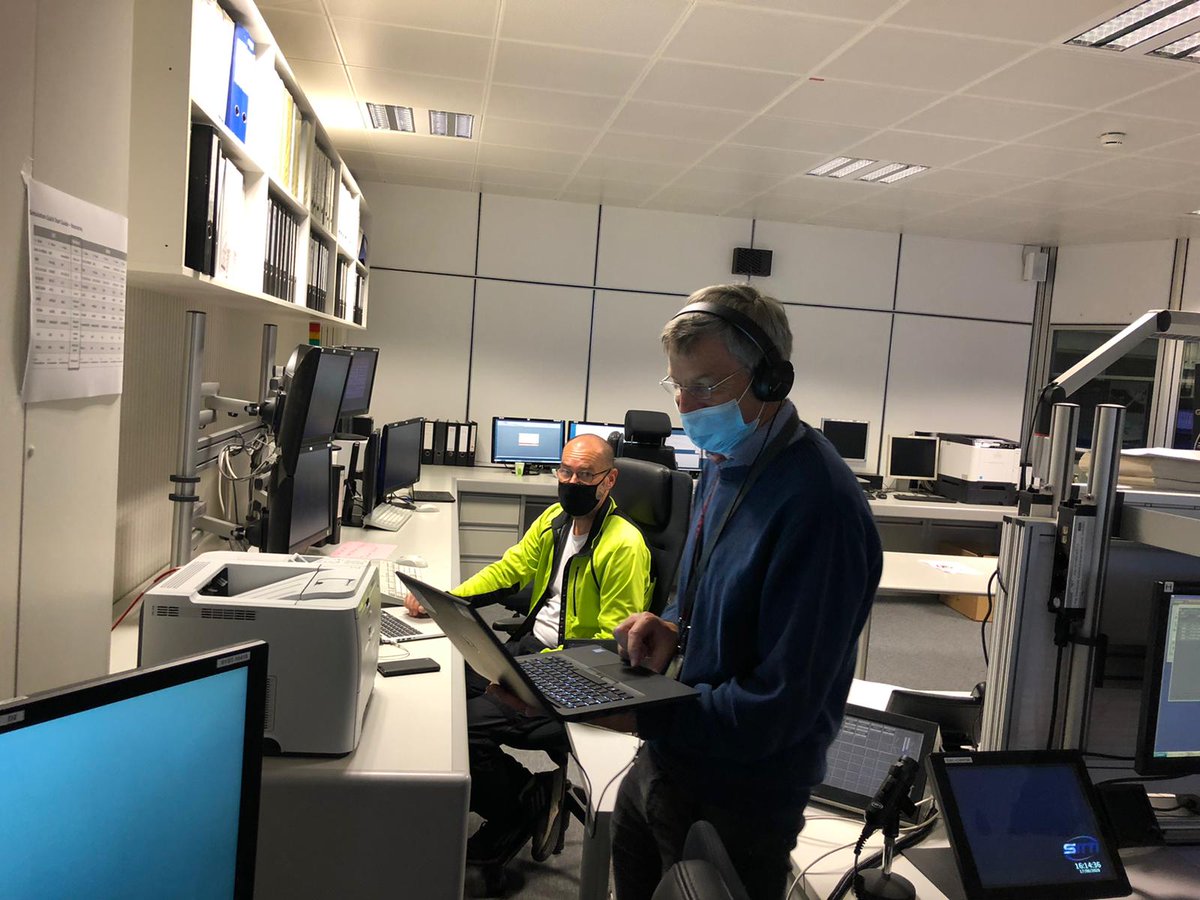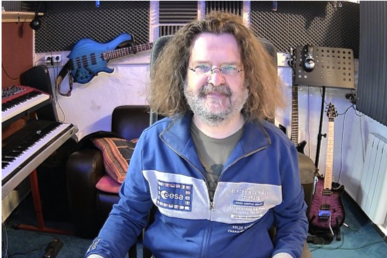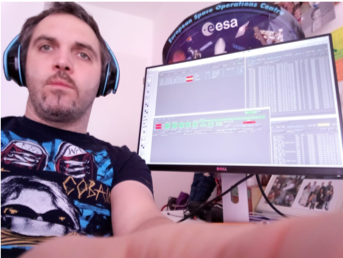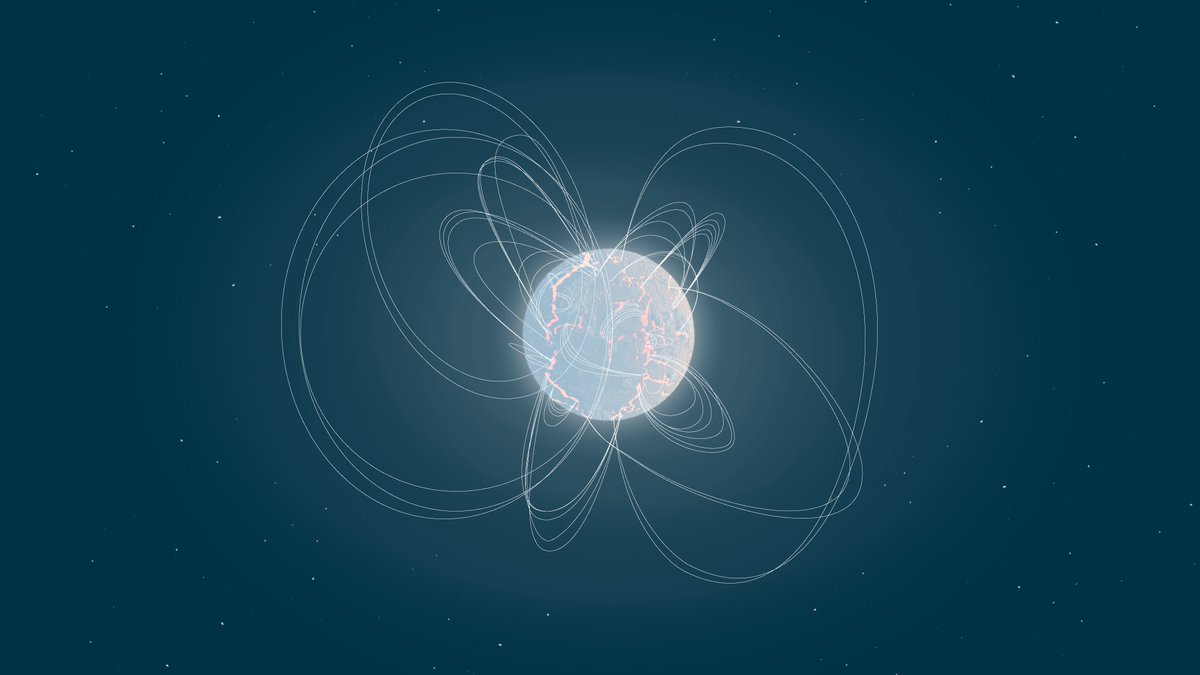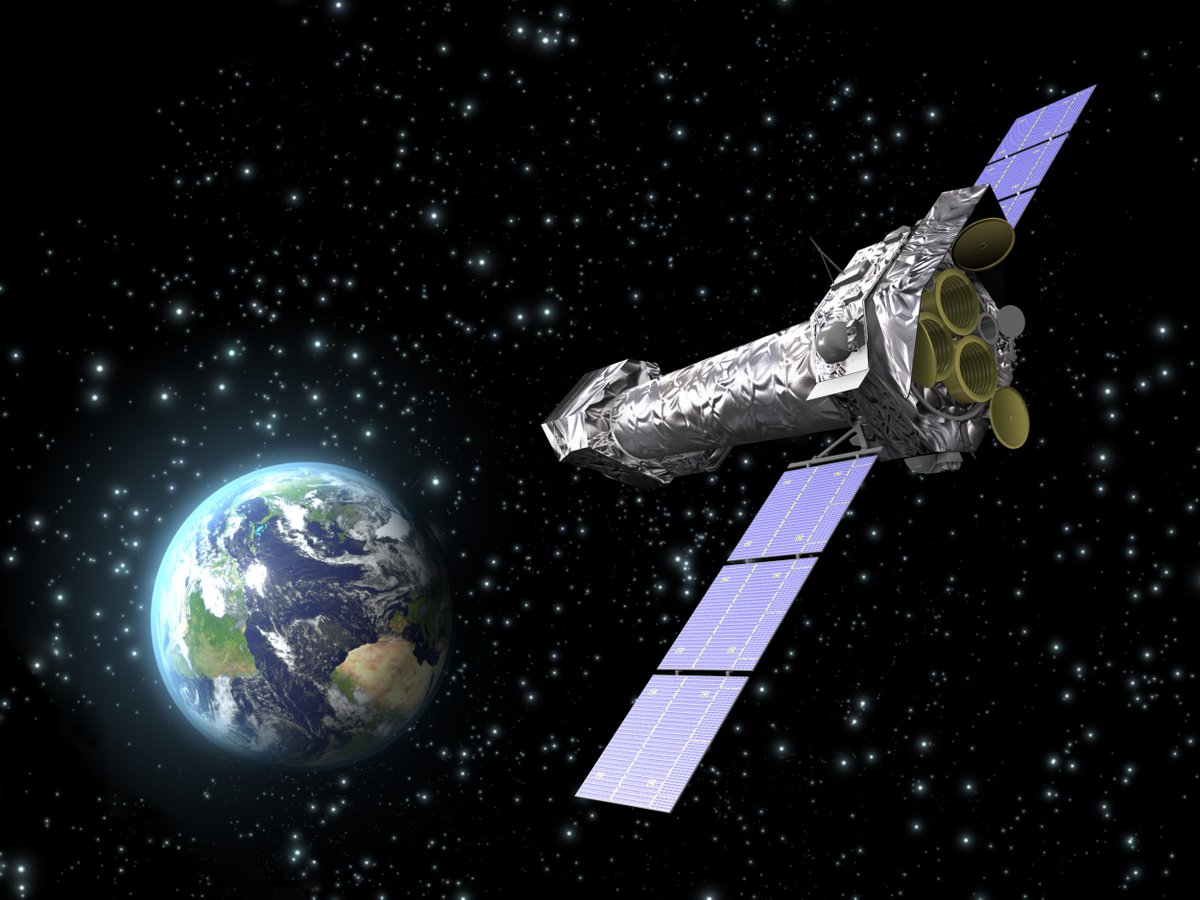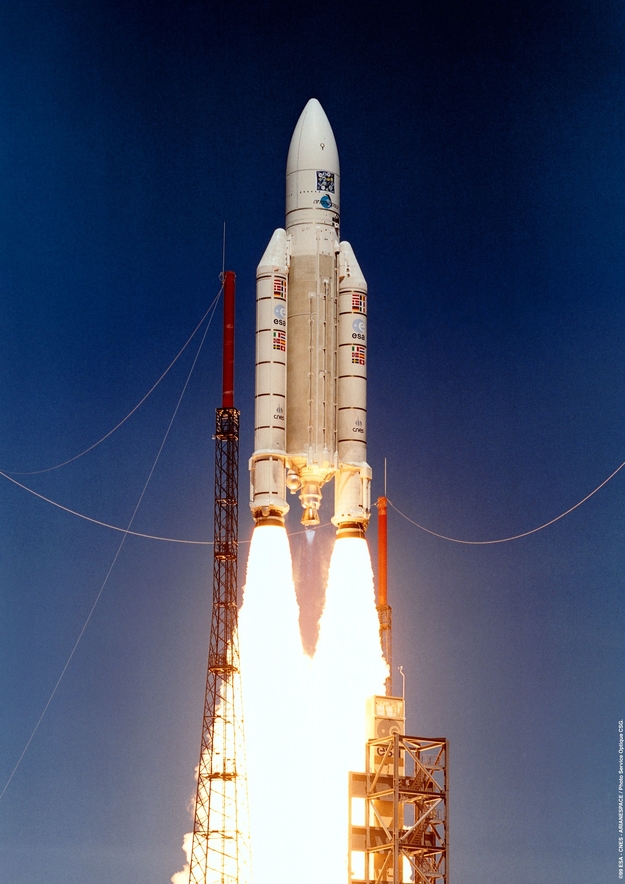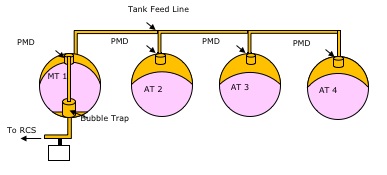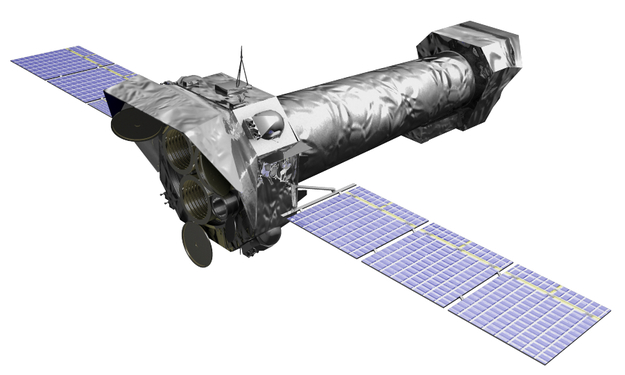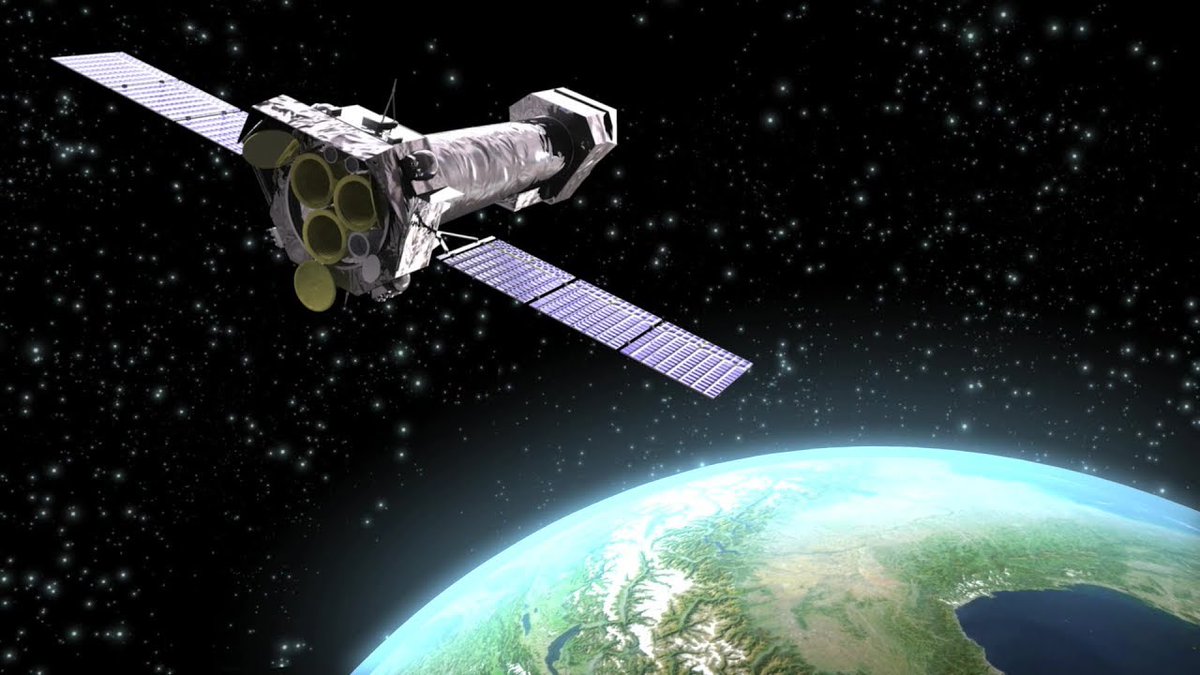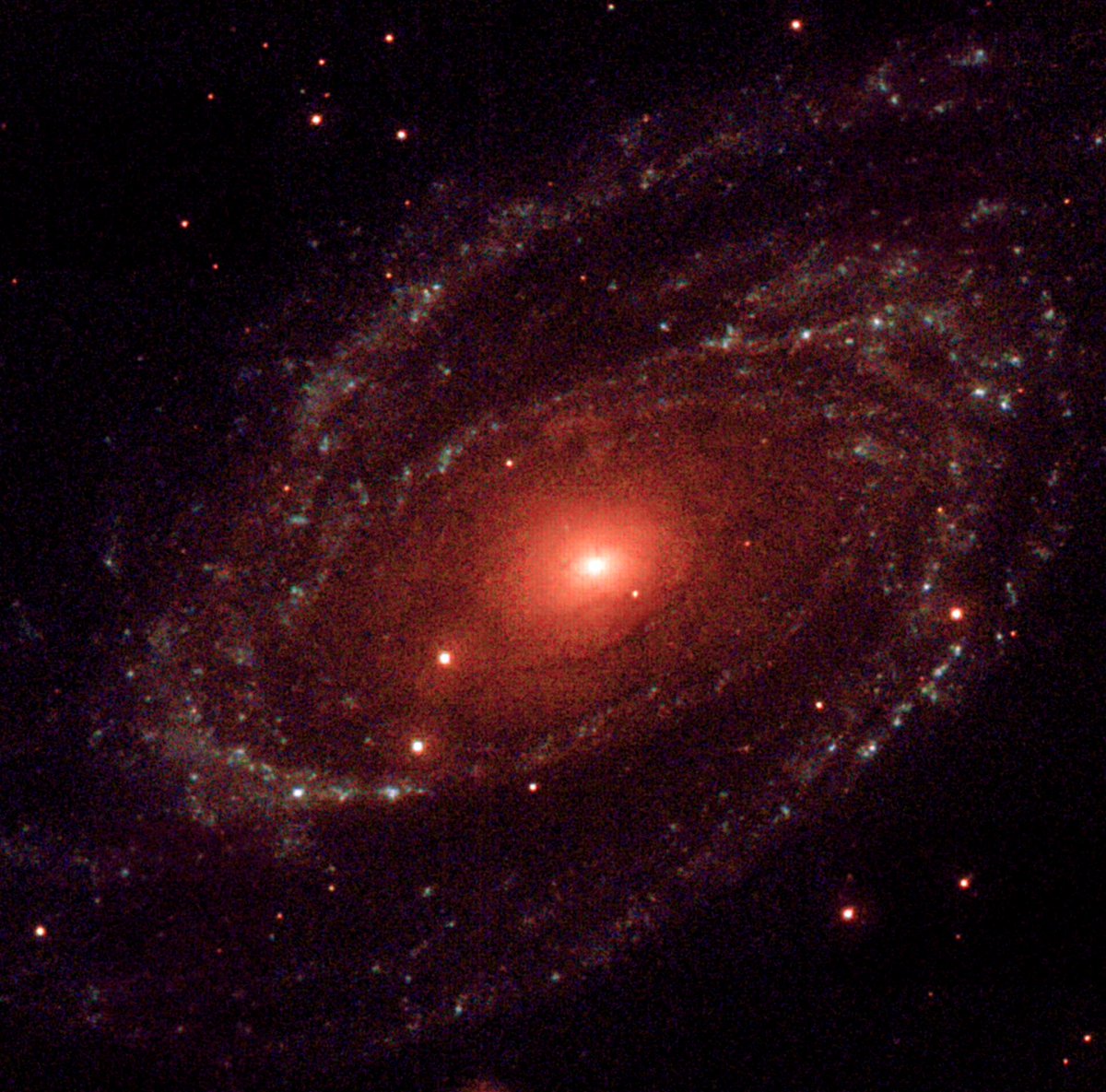Cast your mind back. The year was 2016, and the team flying @ESA_XMM at #missioncontrol were practising a never-done-before operation that would keep their beloved mission flying  https://www.esa.int/Enabling_Support/Operations/Teaching_an_old_satellite_new_tricks
https://www.esa.int/Enabling_Support/Operations/Teaching_an_old_satellite_new_tricks
Well, now they’re doing it for real.
 https://www.esa.int/Enabling_Support/Operations/Teaching_an_old_satellite_new_tricks
https://www.esa.int/Enabling_Support/Operations/Teaching_an_old_satellite_new_tricksWell, now they’re doing it for real.
Special 24-hour operations have been underway since Monday, with some team members back on site following strict Covid-19 safety measures, supported by a team at home. The operation ends today.
XMM-Newton is detecting more X-ray sources than any previous satellite, helping to solve cosmic mysteries of the violent Universe. Launched in 1999, the 20-year old mission was only planned to last 2-10 years.

 https://www.esa.int/Science_Exploration/Space_Science/XMM-Newton_spies_youngest_baby_pulsar_ever_discovered
https://www.esa.int/Science_Exploration/Space_Science/XMM-Newton_spies_youngest_baby_pulsar_ever_discovered

 https://www.esa.int/Science_Exploration/Space_Science/XMM-Newton_spies_youngest_baby_pulsar_ever_discovered
https://www.esa.int/Science_Exploration/Space_Science/XMM-Newton_spies_youngest_baby_pulsar_ever_discovered
But good health, significant data returns and magnificent operations (if we say so ourselves) means the spacecraft is now one of ESA’s oldest-ever, and most productive. The only problem? Its running low on fuel.
After launch, XMM-Newton was running on ~6kg of fuel per year. In 2013, the control team halved that, doubling the remaining lifetime of the mission up to 2030, by bringing a backup ‘reaction wheel’ into use (more on this from @theRegister https://www.theregister.com/2020/05/01/xmm-newton/?page=1)
However, that saved fuel is now hard to access. Because it is distributed between four separate tanks, over time it becomes unevenly distributed between them, with the main tank running dry first. As tank 1 empties, the team couldn't access the fuel in the other three.
Somehow, they need to move more fuel into tank 1, allowing the spacecraft to keep flying for another decade. The answer: #replenishment. By heating up the main tank and cooling down the three auxiliary tanks, the 'fuel pressurant gas' is pushed from tank 1 to the other three
Then, by heating up the three ‘aux tanks’ and cooling the main tank down, more fuel from the ‘aux-tanks’ is pushed into the main tank than was taken out before, to supply the spacecraft for operations. This exercise will need to be done a couple more times in the next years.
This is the first time such an operation has taken place with an ESA spacecraft, (or any spacecraft that we are aware of!). Congratulations to the team and here’s to the next ten years of X-ray astronomy!






 Read on Twitter
Read on Twitter

